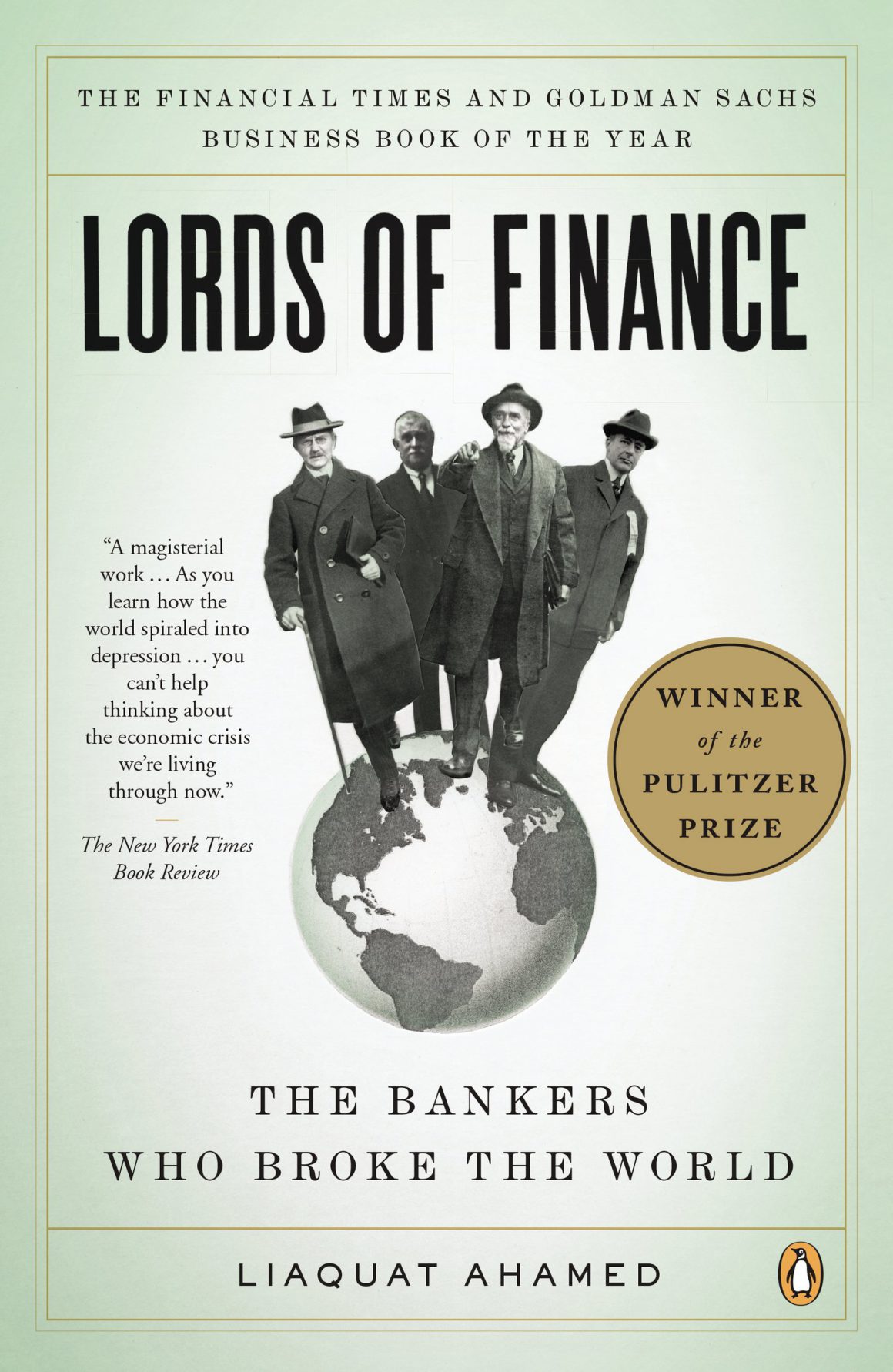

What is not debatable is that there are bubbles and crises “inherent to the capitalist system.” What is debatable, though, is that they are “deep-rooted in human nature.” This is an ideological claim that we have to keep in mind while reading his history. This seems reasonable being that the “totality of gold ever mined in the whole world since the dawn of time was barely enough to fill a modest two-story town house.”Īhamed introduces his thesis by saying that the “gold standard was incapable of preventing the sort of financial booms and busts that…seem to be deep-rooted in human nature and the inherent to the capitalist system.” The constant attempts to fit an economy into a monetary system that was too small for it is what would ultimately lead to the Great Depression. In Lords of Finance, Ahamed shows that as the global economy grew, the total amount of gold was insufficient to support its growth. This meant that the amount of available money was bound to the amount of gold extracted from the ground and locked away.

This power gives it the ability to regulate the price of credit – interest rates – and hence to determine how much money flows through the economy.įor much of the 19th and 20th centuries, the gold standard determined the total credit available in an economy. Introductionīoiled down to its essentials, a central bank is a bank that has been granted a monopoly over the issuance of currency. You can find a condensed review of the whole book here. This analysis reviews Part I – the introduction of the economic, financial, and historical context as well as the aftermath of the First World War. Each part is a chronological slice of history, starting at the First World War and ending before WWII. Lords of Finance is divided into five parts.


 0 kommentar(er)
0 kommentar(er)
